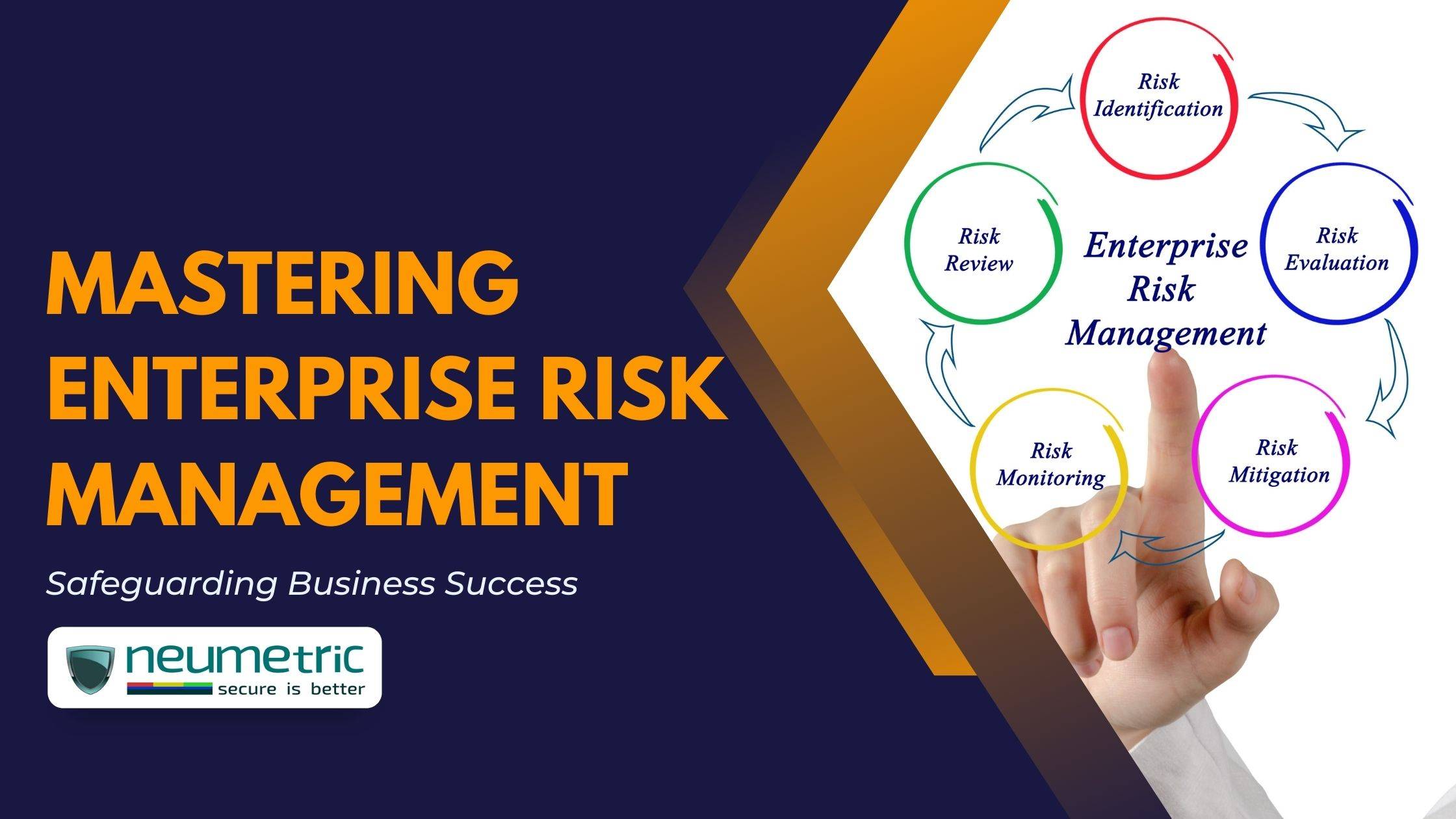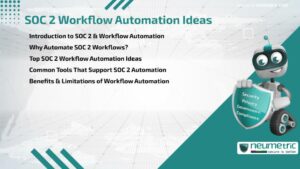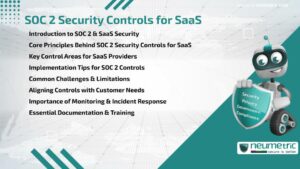Table of Contents
ToggleIntroduction
Enterprise Risk Management [ERM] is a crucial aspect of modern business operations. This Journal aims to provide insights into the importance of ERM & its significance in achieving business success. By understanding the definition & scope of ERM, organisations can gain a comprehensive understanding of how it can safeguard their interests.
Enterprise Risk Management [ERM] is of paramount importance for organisations in today’s dynamic & unpredictable business landscape. It allows businesses to proactively identify, assess & mitigate risks that can adversely impact their objectives. It encompasses the systematic & integrated management of risks across an organisation. It involves identifying, assessing & prioritising risks, followed by the implementation of strategies to mitigate or exploit them.
The purpose of this Journal is to provide valuable insights into Enterprise Risk Management [ERM] & highlight its significance in achieving business success. By understanding the importance of Enterprise Risk Management [ERM], organisations can develop a proactive approach to risk management, protecting their interests & enhancing their competitiveness.
Understanding Enterprise Risk Management
Enterprise Risk Management [ERM] is a comprehensive & systematic approach to managing risks that organisations face in achieving their objectives. It involves establishing a framework, processes & practices to identify, assess, mitigate & monitor risks across all levels of the organisation.
The core principles of ERM involve integrating risk management into the organisation’s strategic planning & decision-making processes. ERM promotes a risk-aware culture & ensures that risk management practices are embedded throughout the organisation.
- Establishing Context: Understand the organisation’s objectives, internal & external environments & stakeholder expectations to establish the context for risk management.
- Risk Identification: Identify risks by considering all potential sources of risks, including operational, financial, strategic, reputational, legal & compliance risks. This involves conducting risk assessments, scenario analysis & leveraging expertise from various departments.
ERM consists of several components & elements that work together to establish an effective risk management system. These include:
- Risk Governance: This involves establishing a clear governance structure, roles & responsibilities for managing risks within the organisation. It ensures that risk management is integrated into decision-making processes & organisational culture.
- Risk Appetite & Tolerance: Define the organisation’s risk appetite & tolerance levels, which reflect the organisation’s willingness to take risks to achieve its objectives. This guides risk assessment & response strategies.
Implementing Enterprise Risk Management [ERM] offers numerous benefits for organisations:
- Enhanced Decision-Making: ERM provides a holistic view of risks, enabling informed decision-making that considers potential risks & rewards. It allows organisations to prioritise resources & align strategic objectives with risk management efforts.
- Improved Risk Awareness: ERM promotes a risk-aware culture throughout the organisation. It encourages employees at all levels to identify & report risks, leading to early detection & timely response to potential threats.
Identifying & Assessing Risks
Identifying risks is a crucial first step in the risk management process. To effectively identify risks, organisations should consider the following:
- Internal & External Sources: Identify risks that can originate from within the organisation, such as operational inefficiencies, employee misconduct or technology failures. Additionally, consider external risks arising from the industry, economy, regulatory changes, geopolitical factors, natural disasters or cyber threats.
- Risk Categories: Categorize risks to better understand their nature & impact. Common risk categories include strategic risks, operational risks, financial risks, compliance risks, reputational risks & emerging risks.
Once risks are identified, organisations need to assess & prioritise them based on their potential impact & likelihood. Several techniques & tools can aid in this process, such as:
- Risk Assessment Matrix: Use a risk assessment matrix to evaluate risks based on their likelihood & potential impact. This allows for visual representation & categorization of risks into high, medium or low priority.
- Scenario Analysis: Develop scenarios that represent potential risks & their outcomes. Analyse each scenario’s likelihood, impact & potential mitigation strategies. This helps assess the organisation’s preparedness for different risk events.
A comprehensive risk analysis involves a detailed evaluation of identified risks. Here are key steps:
- Risk Assessment: Assess risks based on their likelihood, potential impact & other relevant factors. Consider both qualitative & quantitative factors to gather a comprehensive understanding.
- Risk Prioritisation: Prioritise risks based on their significance to the organisation’s objectives, their potential impact & the organisation’s risk appetite. This helps allocate resources effectively.
Establishing Risk Management Strategies
Developing risk management policies & procedures is the foremost element of Enterprise Risk Management [ERM]. Policies must align with organisational objectives & establish a comprehensive framework for risk management throughout the organisation. Procedures must be implemented to execute the policies consistently.
Risk tolerance defines the organisation’s willingness to accept & manage risks to achieve its objectives. It helps establish boundaries for risk-taking & guides decision-making. Risk appetite, on the other hand, sets the level of risk that the organisation is willing to pursue strategically.
Risk mitigation involves implementing strategies & controls to reduce the likelihood or impact of identified risks. Organisations should design robust risk mitigation strategies by considering a range of options, including risk avoidance, risk transfer, risk reduction & risk acceptance.
Risk Monitoring & Reporting
Regular Monitoring of risks is essential to ensure that the organisation remains aware of changes in the risk landscape. This involves establishing mechanisms for ongoing risk assessment, updating risk registers & tracking key risk indicators. Organisations should also establish processes to capture & respond to emerging risks promptly.
Key Risk Indicators [KRIs] are quantifiable measures that provide early warning signs of potential risks. By defining & monitoring KRIs, organisations can identify trends, triggers & deviations that may indicate the presence of risks. Establishing relevant metrics allows for objective measurement & comparison of risks over time.
Effective risk communication is crucial for informed decision-making. Organisations should establish clear reporting frameworks that outline the frequency, format & recipients of risk reports. Reports should provide meaningful information on risk exposures, trends & the effectiveness of risk management strategies.
Integrating Risk Management into Business Processes
Risk management should be integrated into day-to-day decision-making processes across the organisation. This involves considering risks & potential mitigating actions when assessing new projects, entering into partnerships or making strategic investments. By integrating risk management into decision-making, organisations can optimise risk-reward trade-offs & enhance their ability to achieve objectives.
Risk management should be an integral part of strategic planning & performance management processes. Organisations should align risk management objectives with strategic goals & incorporate risk considerations into the formulation & execution of strategic plans. Risk-adjusted performance metrics & targets should be established to monitor progress & drive accountability.
A Strong risk-aware culture is essential for the successful implementation of Enterprise Risk Management [ERM]. Organisations should promote a culture where risk awareness & accountability are valued at all levels. This involves providing training & awareness programs, fostering open communication channels for reporting risks & recognizing & rewarding risk management achievements.
Technology & Tools for ERM
Advancements in technology have revolutionised the field of Enterprise Risk Management [ERM], providing organisations with software & automation tools to streamline risk management processes. ERM software enables efficient risk data collection, analysis & reporting, facilitating better decision-making.
Data Analytics plays a crucial role in Enterprise Risk Management [ERM] by enabling organisations to extract insights from large volumes of data. By leveraging data analytics techniques such as predictive modelling, machine learning & data visualisation, organisations can identify patterns, trends & correlations that help in identifying & assessing risks.
While Enterprise Risk Management [ERM] technology offers significant benefits, organisations should be mindful of potential challenges & considerations. These include data privacy & security concerns, integration with existing systems & processes & the need for skilled resources to manage & interpret data. Organisations should develop a robust implementation plan, ensure data integrity & governance & provide appropriate training to maximise the value of ERM technology.
Compliance & Legal Considerations
Enterprise Risk Management [ERM] & regulatory compliance are intertwined, as risk management helps organisations meet legal & regulatory requirements. Organisations should align their risk management practices with relevant laws, regulations & industry standards. This includes understanding compliance obligations, implementing controls to mitigate compliance risks & monitoring changes in regulatory frameworks.
Organisations must be aware of legal obligations related to risk management. This includes maintaining accurate complete records of risk assessments, ensuring transparency in risk reporting & complying with data protection & privacy regulations. Legal considerations should be integrated into risk management policies, procedures & contracts to mitigate legal risks.
Ethics & Corporate Governance are integral to effective risk management. Organisations should consider ethical implications when identifying & assessing risks. They should foster a culture of integrity & transparency, promote ethical decision-making & align risk management practices with the organisation’s ethical values.
Continuous Improvement & Adaptation
Continuous improvement is essential in ERM to adapt to changing business environments & emerging risks. Organisations should regularly monitor & evaluate the effectiveness of their risk management strategies. This involves reviewing risk management processes, analysing risk-related incidents near-misses & seeking feedback from stakeholders.
Lessons learned from past risk events & feedback from stakeholders provide valuable insights for improving risk management processes. Organisations should establish mechanisms to capture & document these lessons & feedback. By incorporating them into risk management practices, organisations can avoid repeating mistakes, capitalise on best practices & enhance their risk management capabilities.
Risk Landscapes are continuously evolving & organisations need to adopt a dynamic approach to Enterprise Risk Management [ERM]. This involves staying abreast of emerging risks, technological advancements, regulatory changes & industry trends. By embracing a proactive & adaptive mindset, organisations can anticipate & respond effectively to new risks & opportunities, ensuring their long-term resilience & success.
ERM & Business Resilience
Enterprise Risk Management [ERM] & business resilience are closely intertwined, as effective risk management contributes to the organisation’s ability to withstand & recover from disruptions. Organisations should integrate ERM with business resilience continuity planning.
The primary goal of Enterprise Risk Management [ERM] is to minimise the impact of risks on business operations & objectives. Organisations should implement risk mitigation strategies to reduce the likelihood & impact of potential risks. This may involve diversifying suppliers, implementing redundancy measures, enhancing cybersecurity measures or developing crisis management plans.
Enterprise Risk Management [ERM] contributes to organisational resilience by identifying & addressing risks that may threaten the organisation’s stability & viability. By adopting a comprehensive & integrated ERM approach, organisations can enhance their ability to adapt to changing circumstances, seize opportunities & navigate uncertainties.
Future Trends in Enterprise Risk Management
Emerging technologies such as artificial intelligence [AI], blockchain & the Internet of Things [IoT] are revolutionising ERM practices. AI-powered analytics enable organisations to analyse vast amounts of data & identify patterns & anomalies for risk detection & prediction. Blockchain technology enhances transparency & trust in supply chain management & contract management.
The future of Enterprise Risk Management [ERM] will be shaped by various challenges & advancements. This includes the increasing complexity & interconnectedness of risks, the rise of cybersecurity threats, evolving regulatory landscapes & emerging risks such as climate change & geopolitical uncertainties.
Data Analytics & Artificial Intelligence will play a crucial role in enhancing ERM capabilities. Advanced analytics techniques such as predictive modelling, natural language processing & machine learning can help organisations identify, assess & mitigate risks more effectively.
Conclusion
Enterprise Risk Management is a critical discipline that safeguards business success by identifying, assessing & mitigating risks. By establishing robust risk management strategies, organisations can effectively navigate uncertainties & seize opportunities. Integrating risk management into business processes & fostering a risk-aware culture ensures that risks are proactively managed.
Leveraging Technology & Data Analytics enhances the accuracy & timeliness of risk-related information. Compliance & legal considerations, continuous improvement & business resilience are vital components of a holistic Enterprise Risk Management [ERM] approach. By embracing Enterprise Risk Management [ERM] as a strategic advantage & staying ahead of emerging trends, organisations can position themselves for long-term success in an increasingly complex & uncertain business environment.
FAQs:
What are the 3 types of enterprise risk?
The three types of enterprise risk are strategic risk (related to achieving business objectives), operational risk (related to internal processes & activities) & financial risk (related to financial performance & stability).
What are the 4 components of enterprise risk management?
The four components of enterprise risk management are risk identification, risk assessment, risk response & risk monitoring.
What are the five categories of enterprise risk management?
The five categories of enterprise risk management are strategic risk, financial risk, operational risk, compliance risk & reputational risk.
What are ERM tools?
ERM tools encompass software & technologies that facilitate various aspects of enterprise risk management, including risk assessment, risk monitoring & risk reporting.





